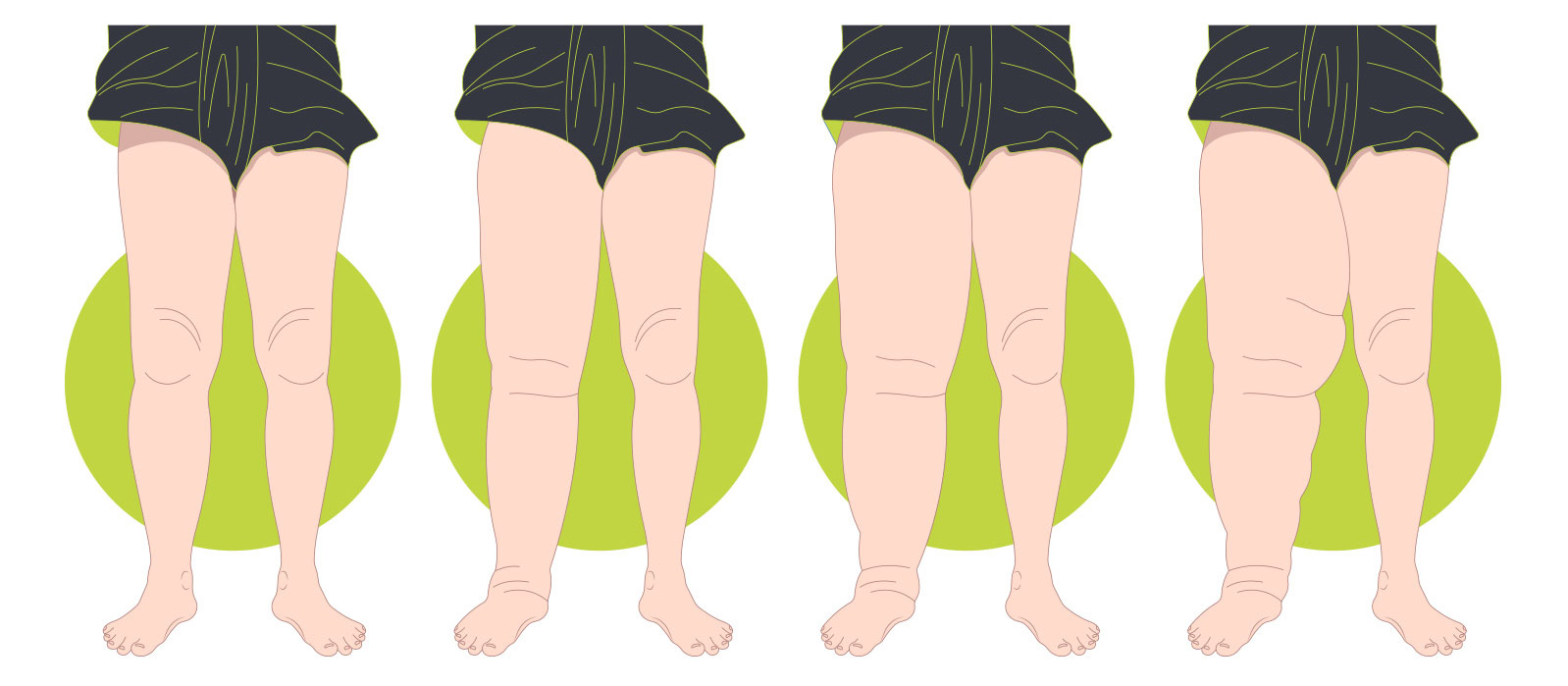
Lymphoedema
Lymphoedema is a medical condition characterised by the accumulation of protein-rich fluid in the interstitial spaces of the tissues. It results from the dysfunction of the lymphatic system, leading to impaired lymphatic drainage.
Lymphoedema can occur as a primary or secondary condition, with the latter being a result of cancer treatment, surgery, radiation therapy, obesity or infection. Although lymphoedema is not life-threatening, it can have significant physical and psychological consequences on the patient’s quality of life. Therefore, it is essential to understand the possible complications that can arise from lymphoedema to manage the condition effectively.
Complications
1. Infections
Lymphoedema can compromise the immune system, making the patient more susceptible to infections. Bacterial infections, in particular, can lead to cellulitis, a potentially life-threatening skin infection that spreads quickly. Signs of cellulitis include fever, swollen lymph nodes, redness, and pain in the affected area.
2. Chronic inflammation
Chronic inflammation can occur as a result of lymphoedema. The accumulation of lymphatic fluid leads to the release of cytokines and other inflammatory markers, causing tissue damage and fibrosis. This can lead to impaired wound healing, skin thickening, and the formation of subcutaneous nodules or lumps.
3. Lymphangiosarcoma
Lymphangiosarcoma, also known as Stewart-Treves syndrome, is a rare and aggressive cancer that can develop in patients with long-standing untreated lymphoedema. It occurs in the skin and soft tissues of the affected limb and can spread to other parts of the body. Although the incidence of lymphangiosarcoma is low, it highlights the importance of early intervention and management of lymphoedema.
4. Psychological impact
Lymphoedema can have a significant psychological impact on patients, leading to anxiety, depression, and decreased quality of life. The physical appearance of the affected limb can cause social isolation, body image issues and decreased self-esteem.
Management
Early diagnosis and treatment of lymphoedema are essential to prevent or minimise the risk of complications. Patients with lymphoedema should follow a comprehensive management plan that includes exercise, skin care, compression therapy, and manual lymphatic drainage. In cases where the lymphoedema is caused by cancer treatment, close collaboration between the oncologist and lymphoedema therapist is necessary.
Here at Physio and Fitness Clinic, Temika Rae-Peters is our key Lymphoedema Therapist, assisted by Physiotherapist Morgan Deegan. We have access to best-level care through our sozo machine – which uses biospectrometry to assess even the smallest changes in your fluid levels, so we can best manage your condition.
Lymphoedema is a chronic and progressive condition that can have significant physical and psychological consequences if left untreated. The risk of complications, such as infection, chronic inflammation, lymphangiosarcoma, and the psychological impact, emphasizes the need for early intervention and management of lymphoedema. An interdisciplinary approach involving healthcare professionals from different disciplines is necessary to provide optimal patient care..
